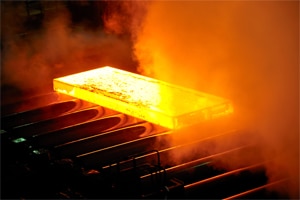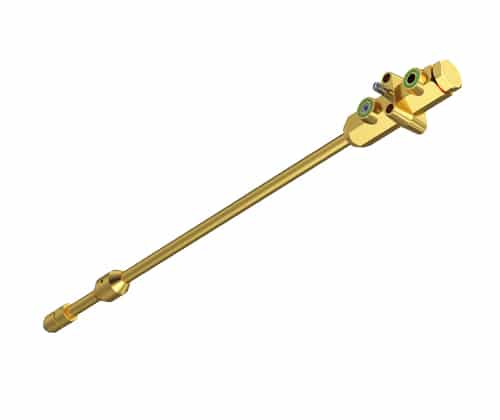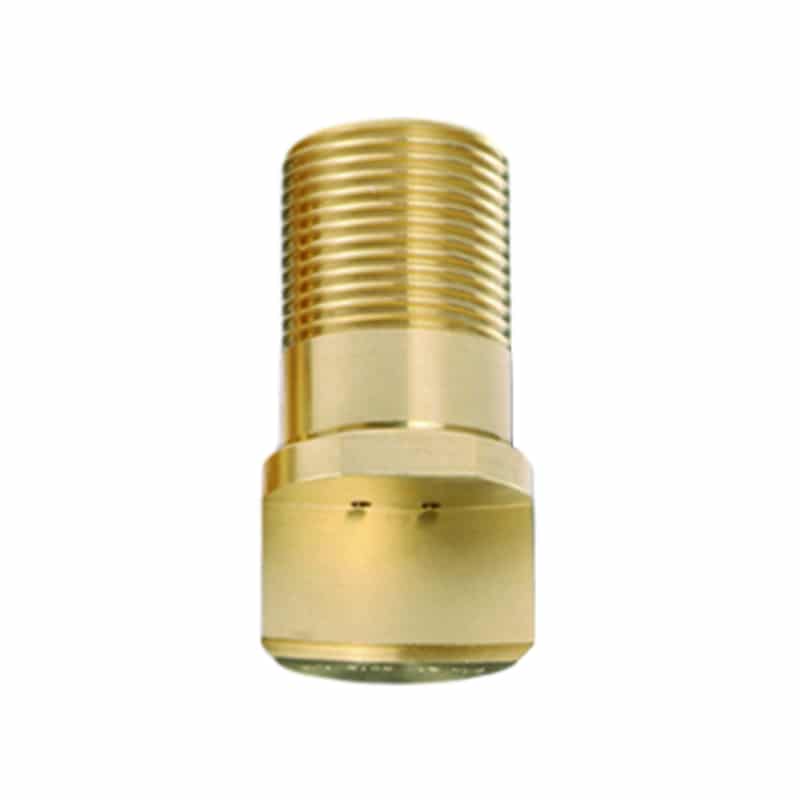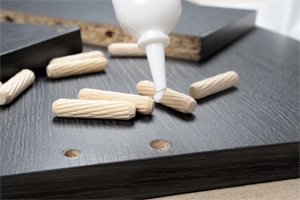Billet Cooling & Castor Cooling
Billet cooling is a crucial stage in the steel manufacturing process, specifically during the production of long steel products such as bars, rods, and sections. After the initial stages of steelmaking, including melting and casting, the billet – a semi-finished product with a square or rectangular cross-section – undergoes a cooling process to achieve specific metallurgical properties. The goal is to control the cooling rate to ensure the desired microstructure and mechanical properties in the final steel product. Here’s an overview of billet cooling in the steel industry:
1. Purpose of Billet Cooling:
- Microstructure Control: The cooling process influences the microstructure of the steel, including the formation of phases such as ferrite, pearlite, and bainite. Proper cooling is essential to achieve the desired combination of strength, hardness, and toughness in the final product.
- Reduction of Residual Stresses: Controlled cooling helps minimize the development of residual stresses within the billet, reducing the risk of cracking and improving the overall integrity of the steel.
- Uniform Cooling: Ensuring uniform cooling across the entire cross-section of the billet helps prevent the formation of undesirable temperature gradients and variations in the material properties.
2. Billet Cooling Methods:
- Air Cooling: In the case of low-alloy or carbon steels, air cooling is a common method. Billets are typically placed on cooling beds or racks, and ambient air is allowed to circulate around them. This method offers a gradual cooling rate.
- Water Spray Cooling: For higher-alloy steels or when a faster cooling rate is required, water spray systems are employed. Water is sprayed directly onto the surface of the billet, extracting heat more rapidly.
- Forced Air and Water Cooling: Some facilities use a combination of forced air and water cooling to achieve specific cooling rates and meet precise metallurgical requirements.
3. Equipment Used in Billet Cooling:
- Cooling Beds: These are stationary structures equipped with a series of cooling pipes or fans that allow billets to be placed in an orderly manner for air cooling. Cooling beds are commonly used for moderate cooling rates.
- Water Spray Systems: Automated water spray systems feature nozzles strategically positioned along the billet’s surface to ensure uniform cooling. The rate of water flow and pressure can be adjusted to achieve the desired cooling characteristics.
- Fans and Blowers: In facilities where forced air cooling is employed, fans and blowers are used to generate air currents that pass over the billets, accelerating the cooling process.
4. Controlled Cooling:
- Cooling Rate Control: Modern steel manufacturing facilities often utilize automated systems to control the cooling rate of billets. This involves monitoring and adjusting factors such as water flow, air velocity, and other parameters to achieve precise metallurgical results.
- Temperature Monitoring: Sensors are often employed to monitor the temperature of the billets during the cooling process. This data is crucial for maintaining the desired microstructure and ensuring the quality of the final steel product.
5. Environmental Considerations:
- Water Recycling: In water spray cooling systems, efforts are made to capture and recycle water to minimize consumption and environmental impact.
- Energy Efficiency: Facilities aim to optimize energy usage in cooling processes, considering factors such as the efficiency of fans, blowers, and cooling bed designs.
Billet cooling is a critical step in the steel manufacturing process that influences the final properties of long steel products. Whether using air cooling, water spray, or a combination of methods, precise control over the cooling rate is essential to achieve the desired microstructure and mechanical characteristics in the finished steel. Modern steel plants leverage advanced technologies to monitor and control the cooling process, ensuring the production of high-quality steel products.
Founded in 1982, Tecpro Australia has developed an enviable reputation for providing reliable and cost-effective technical solutions for a vast range of industrial applications. Products suitable for billet & castor cooling application include:
* Spray Nozzles
* Hose Guns & Foaming Units
* Hose Reels
* Valves, Filters & Accessories
* Design, Fabrication & Consulting
Our customers benefit from the following:
• Access to a broad range of quality solutions and technical advice
• Local sales support and customer service with a focus on integrity and honesty
• Over 30 years’ experience of providing expertise and solutions
• Quality European manufactured products.





